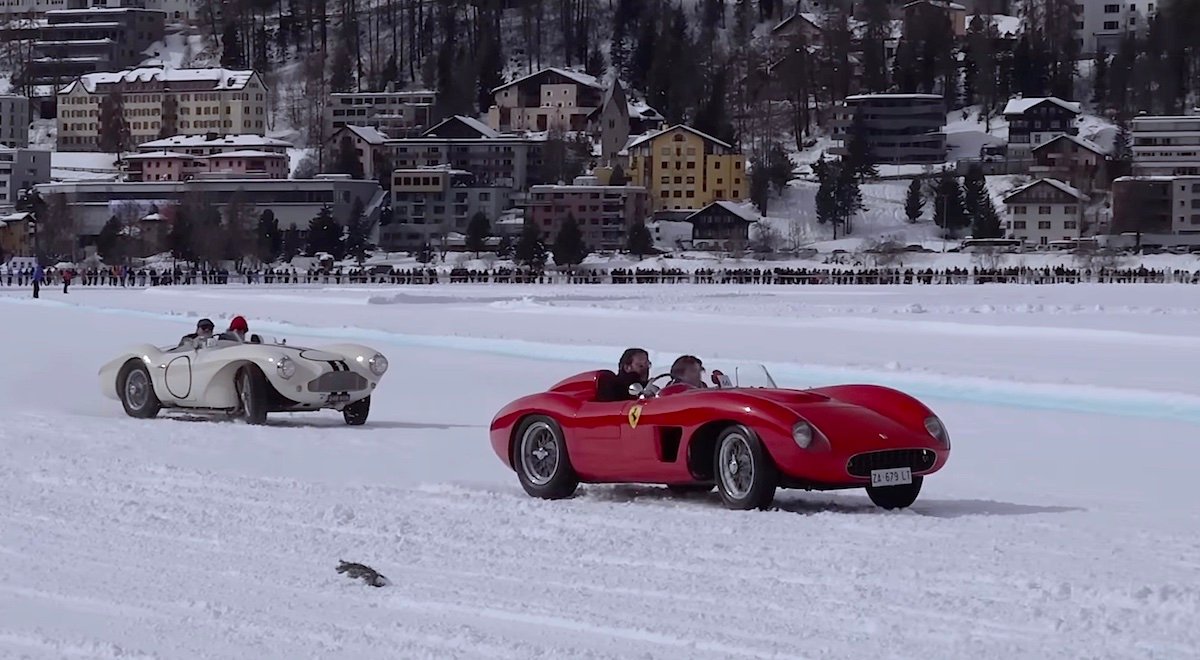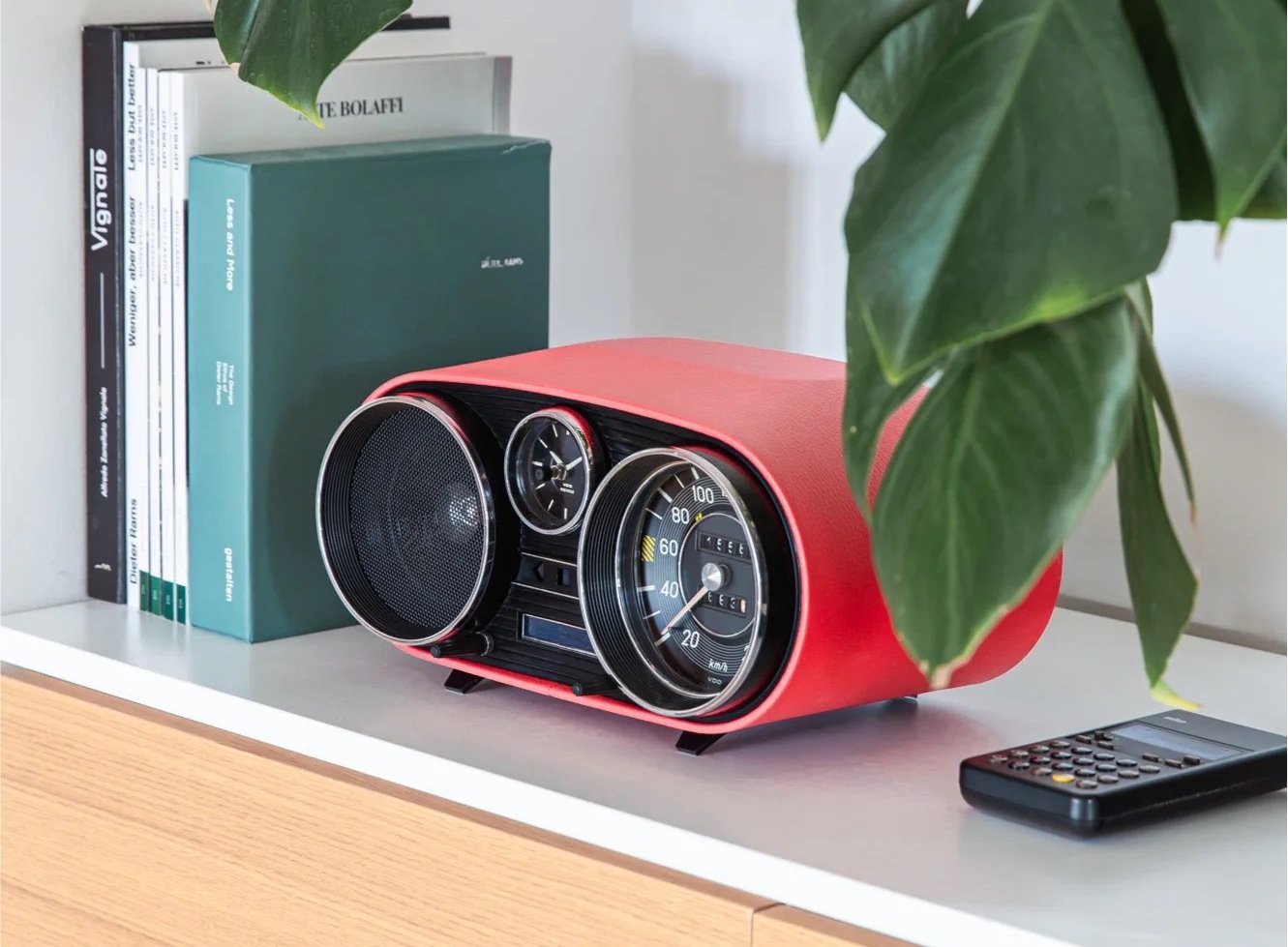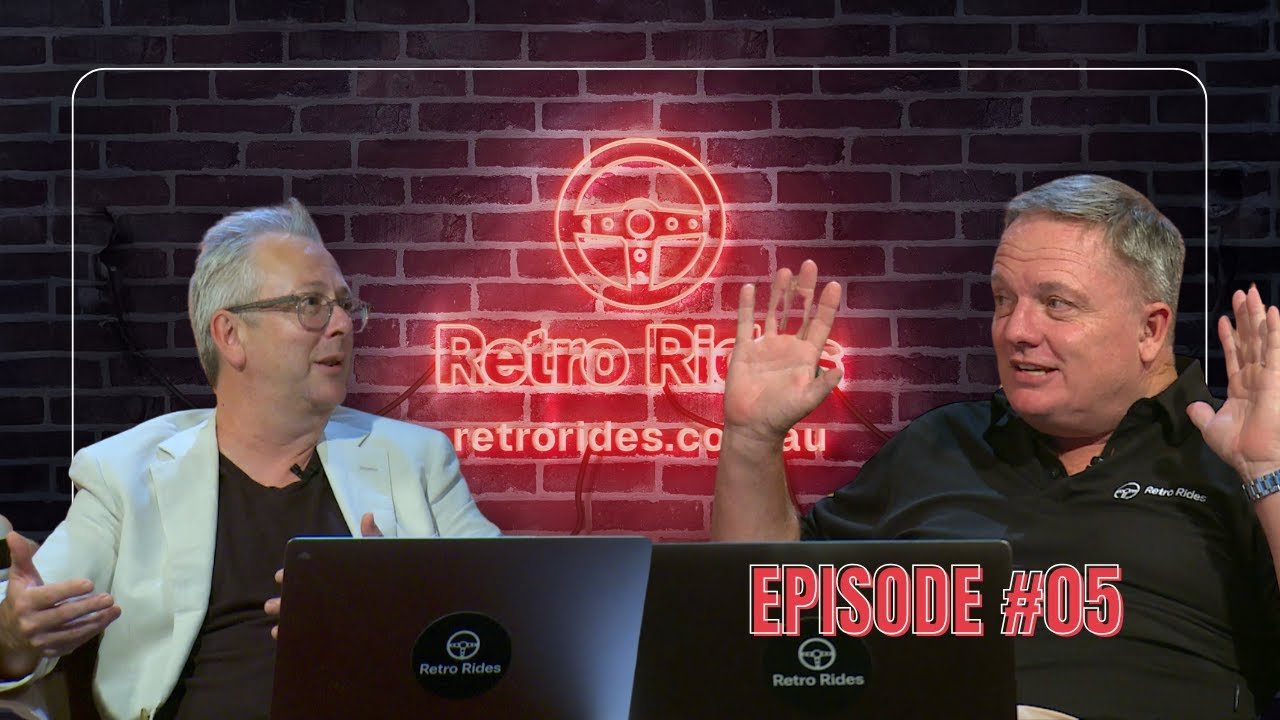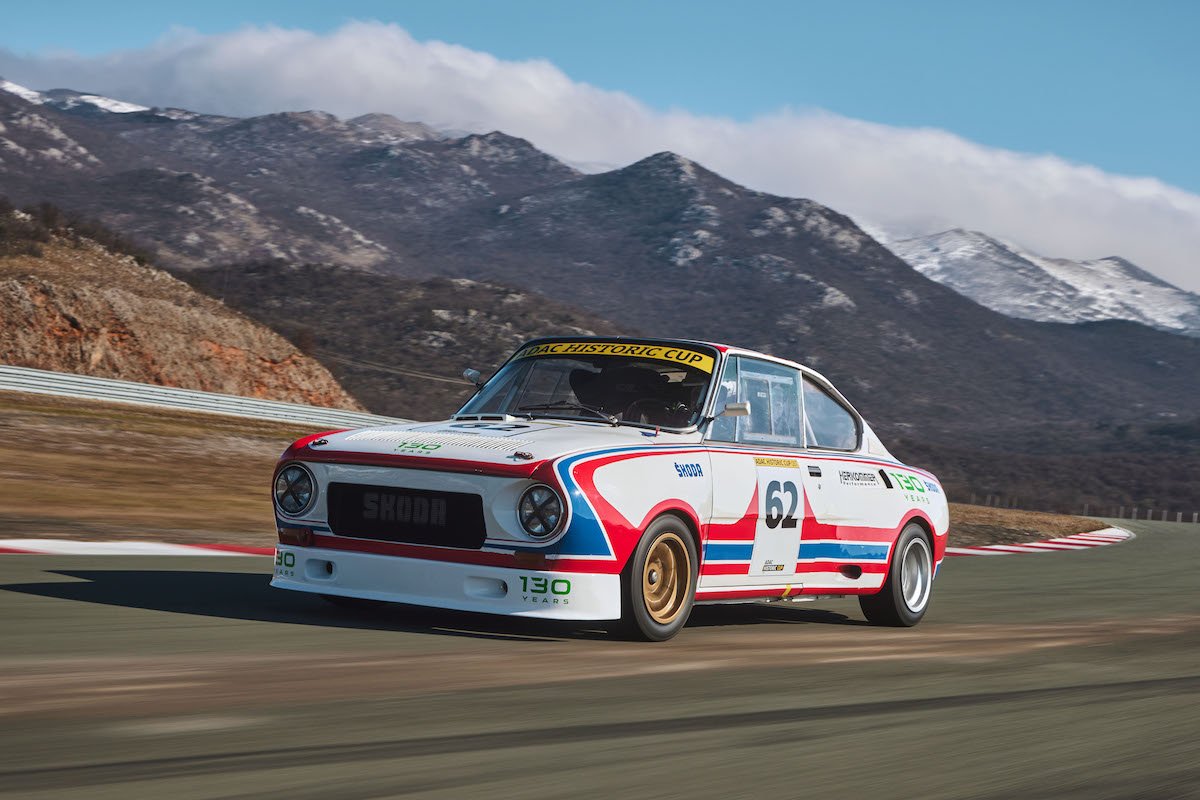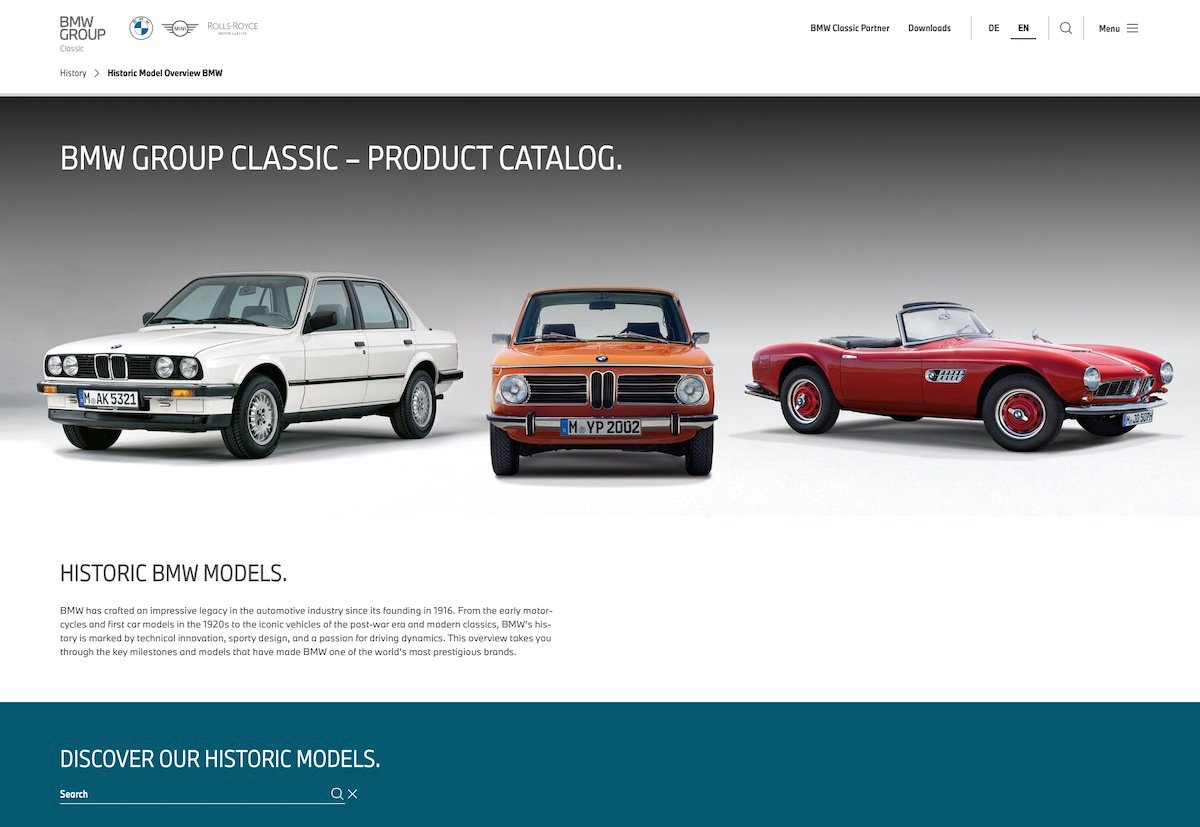Top 10: Cheap Cars That No Longer Are
Cliff Chambers•5 August, 2024
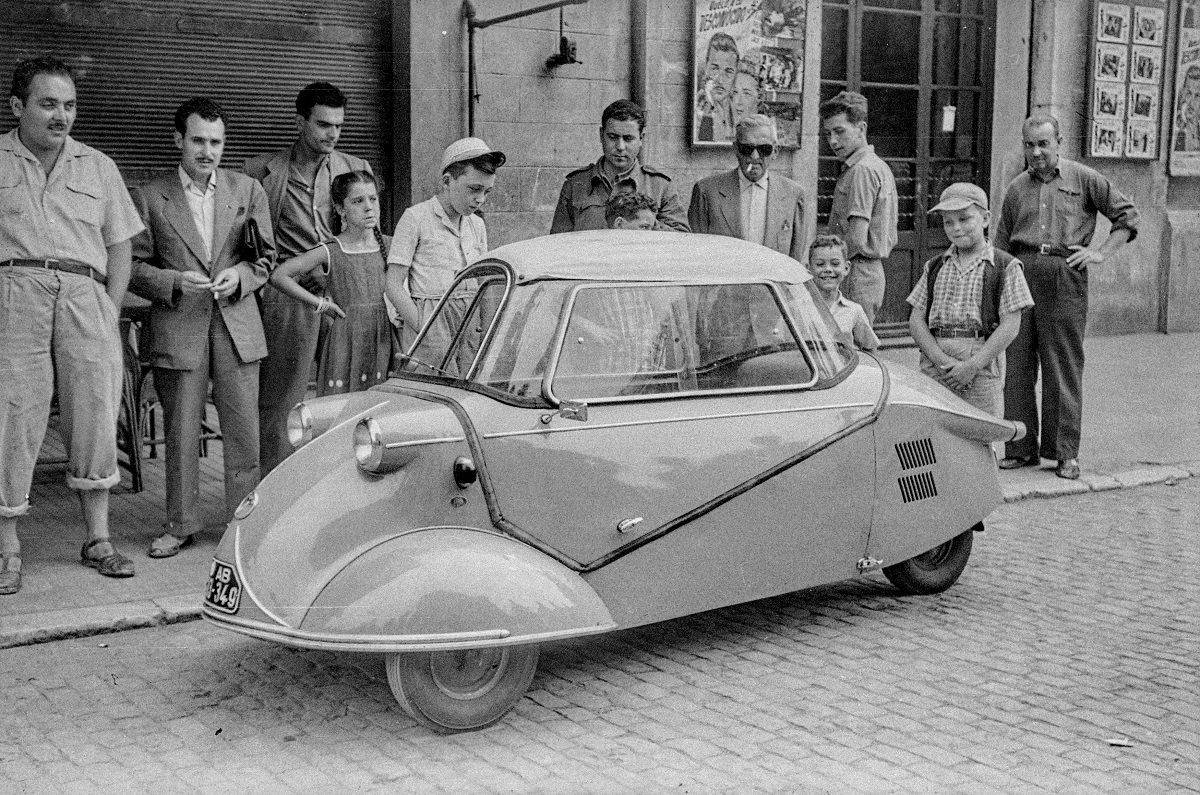
Here’s 10 collectable cars that once ranked among the cheapest in the market but now cost more than high-performance or prestige models.
Retro Rides Market Analyst Cliff Chambers looks at the stellar gains made by these 10 rudimentary models and explores the reasons behind their rise.
Every so often a model will emerge accompanied by the claim that it 'sets new standards' for something or other. But in the grand scheme of things only a small number of mainstream cars can be said to have been genuinely revolutionary, and to have influenced the design and development of vehicles that succeeded them.
Surprisingly, many of these were relatively humble and affordable machines but with the passing of time the growing recognition and appreciation of their significance has driven prices inexorably higher.
Aspirational owners of models in our list will need to be relatively wealthy just to afford a car that in its day was among the cheapest to buy and maintain. Here are snapshots of 10 vehicles that survive in reasonable numbers yet now cost many times their original price. Ten will need to be relatively wealthy just to afford a car that in its day was among the cheapest to buy and maintain. Here are snapshots of some models that survive in reasonable numbers yet now cost many times their original price.
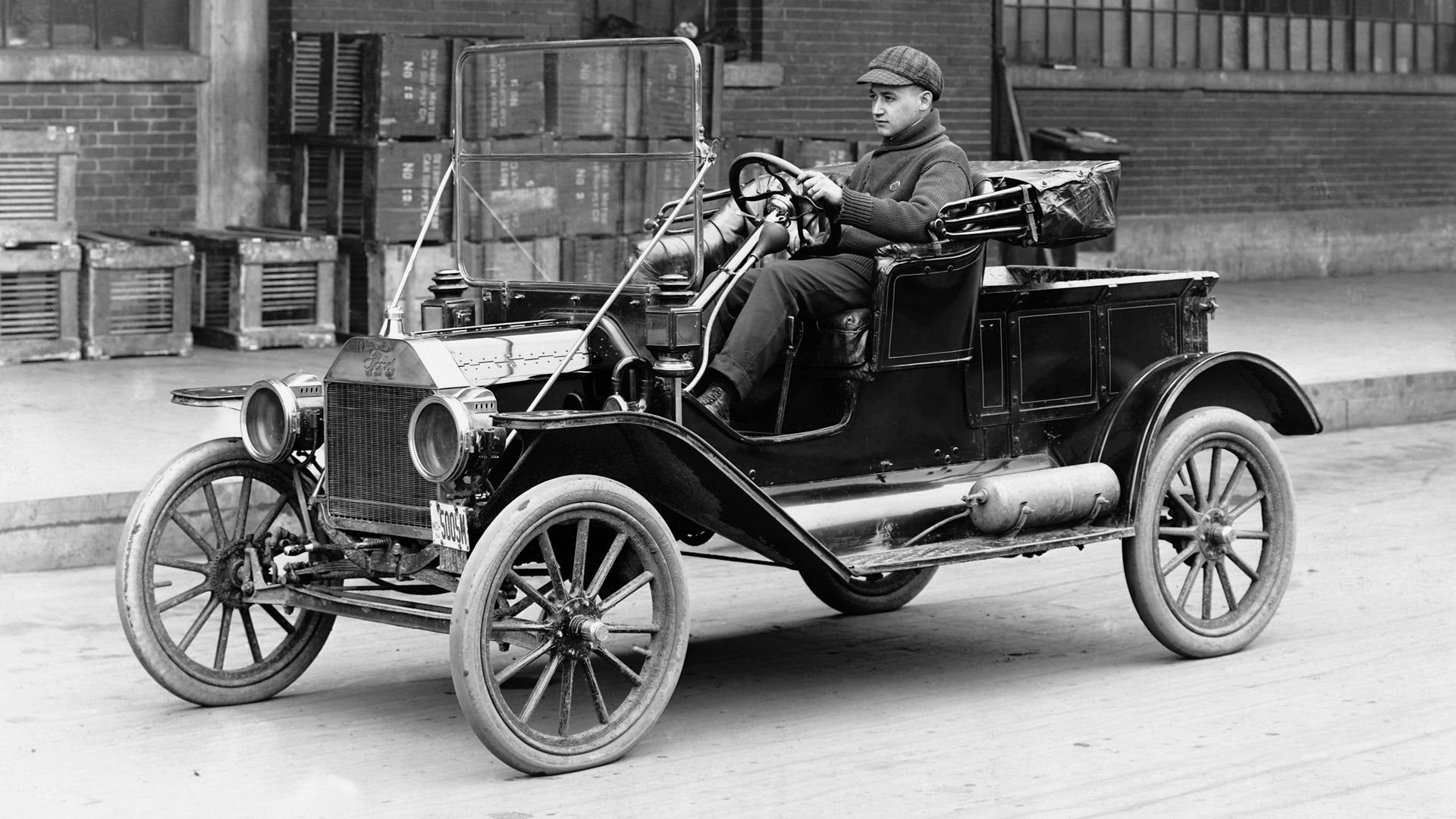
FORD MODEL T - 1908-1927
Henry Ford's Model T is the car that put the world on wheels. Perhaps not the entire world, but certainly parts of it where roads were rough and repair shops almost non-existent. At a time when increasing numbers of people wanted independent transport, the Model T was tough, simple and (eventually) affordable.
At launch in 1908 it cost a hefty US$875. By 1927, with 15 million sold and the Ford symbol recognised everywhere, the price of a five-passenger Tourer had plummeted to US$290. There or thereabouts is where T Models would stay for several decades and until enthusiasts realised just how fast the numbers of usable cars were declining and began buying survivors.
NEW (1927) A$550
NOW $20,000-35,000
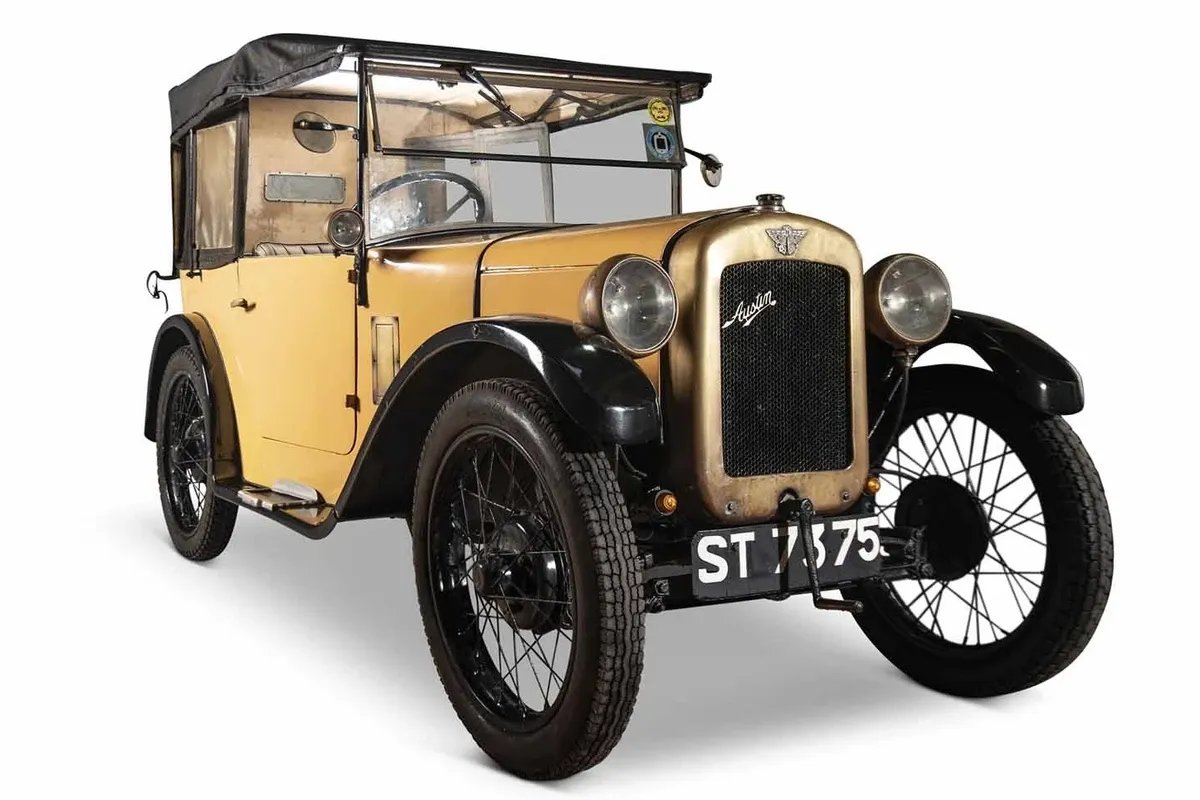
AUSTIN SEVEN - 1923-1930
Britain had been building small, cheap cars since 1919 when World War 1 soldiers came back home looking for work. Based around motorcycle engines, these 'cyclecars' were flimsy and cramped and became obsolete overnight once Herbert Austin's 'baby' arrived. With four seats and a 747cc engine, the Austin Seven offered proper family transport at little more than the price of its rudimentary rivals.
To save on production cost and weight, Austin Seven bodies were made from fabric, stretched across timber framing and painted with waterproof gel that was also used on aircraft. The Seven was a popular car in Australia and survivors from the 190,000 made remain easy to find.
NEW (1929) A$260
NOW $15,000-$20,000
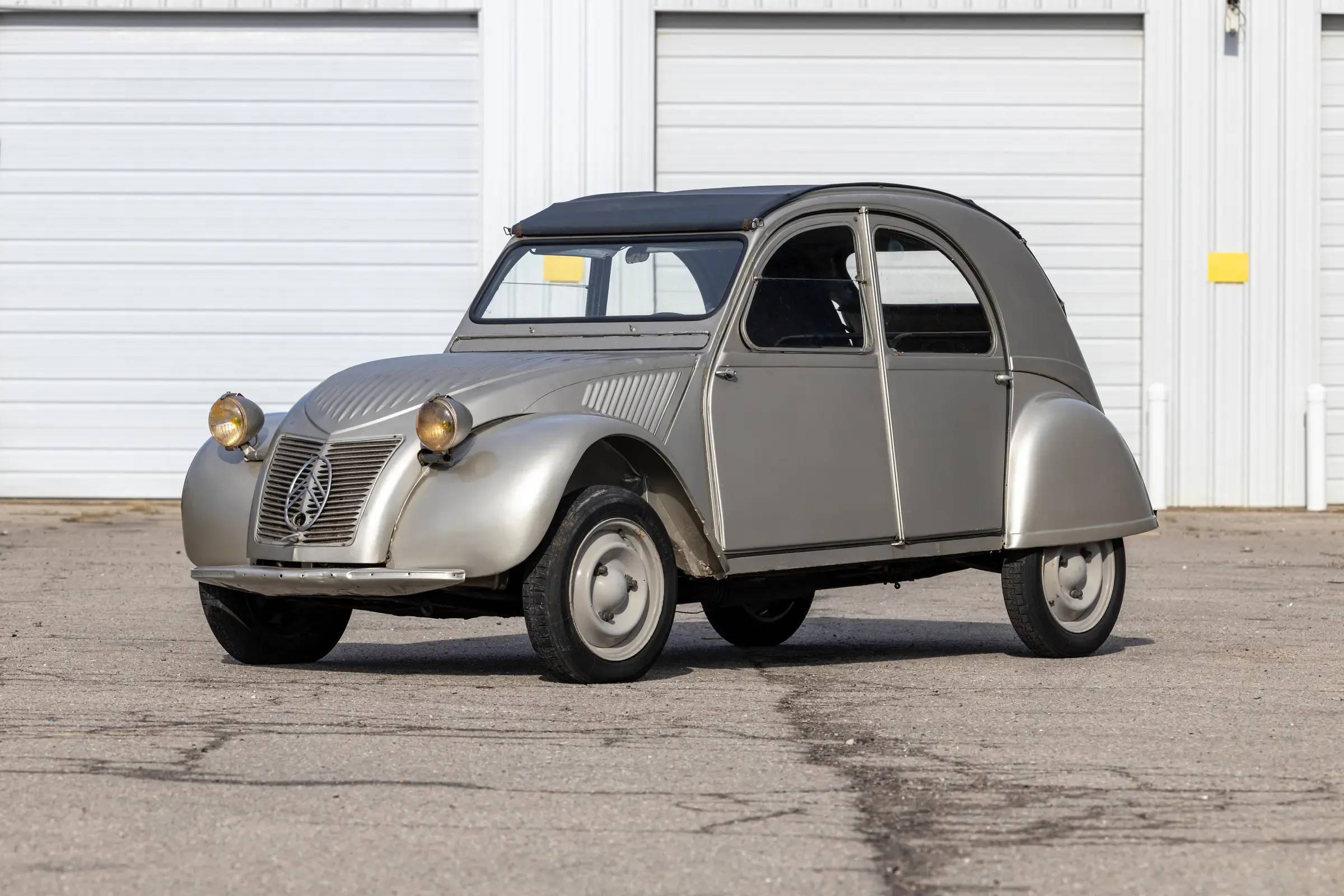
CITROEN 2CV 1948-1988
Someone at Citroen decided during the 1930s that buyers needed a car that could be loaded with eggs and driven across a ploughed field without damaging any of its cargo. Original Deux Chevaux (two horsepower) Citroens had tiny 375cc engines and a top speed of 70km/h, before capacity increased over time to 602cc and top-speed reached 90km/h.
2CVs sold briefly in Australia during the 1950s and were the cheapest four-door car in our market. However, buyers here didn't take to the quirky shape or the incredible amount of wheel travel that came with accompanying body roll. Today if you want a 1980s Charleston version with flash two-tone paint, your 2CV will cost around 20 times its 1950s price.
NEW (1955) A$1592
NOW $27,000-35,000
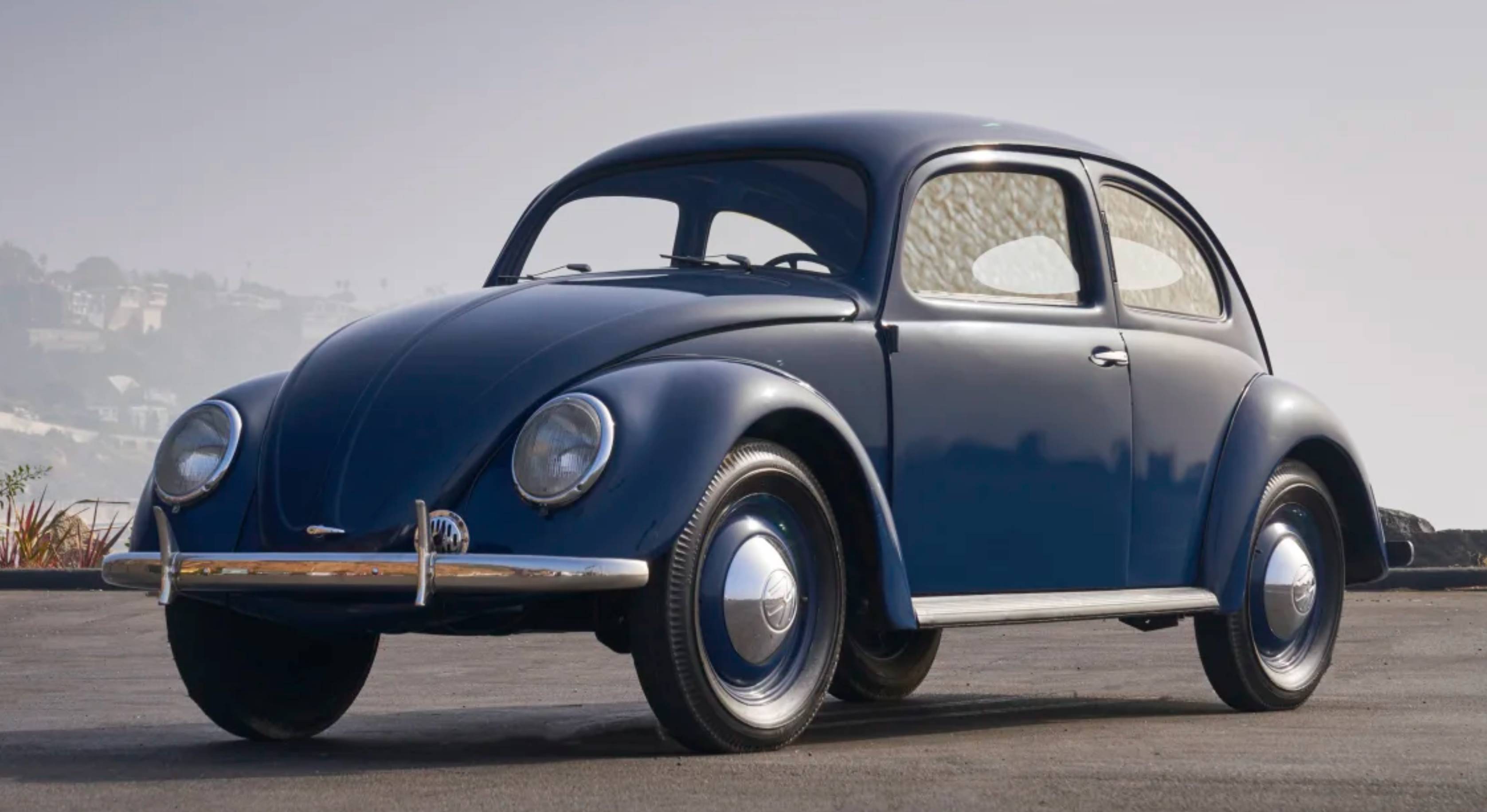
VOLKSWAGEN BEETLE 1949-1965
The Volkswagen - or 'People's Car' - was meant to reach production in the 1930s but its principal backer, a Mr A. Hitler, tragically decided to fund a war instead. VW's factory was captured in 1945 by British forces and instead of burning it to the ground they sportingly helped the German workers resume production. Fifteen million cars later, some in the British car industry just might have thought that was a dumb thing to do.
Volkswagens began selling in quantity to Australians during the 1950s and proved their worth by winning various long-distance Trials. They were even manufactured in Melbourne for almost 10 years before reverting to full import. Early versions with their distinctive oval rear window have today become scarce and expensive.
NEW (1955) A$1786
NOW $35,000-$45,000

MESSERSCHMITT KABINROLLER 1955-1964
Switching from wartime production to peaceful pursuits can't be easy when all you know is how to build fighter aircraft. However, the Messerschmitt factory in Regensberg, which had managed to somehow survive World War II, had by the mid-1950s switched to building three-wheeled economy cars around the cabin and canopy of an ME109 fighter plane. A tiny 200cc engine drove the single rear wheel and tandem seats allowed the car to take two at a squeeze.
Several hundred KR200s were sold new to Australia and fully restored examples can be easily, if not cheaply, found today. Auction sales during 2023 confirmed the European view that these are a genuine collector car, with prices climbing above $50,000.
NEW (1957) $1300 (est)
NOW $45,000-$55,000
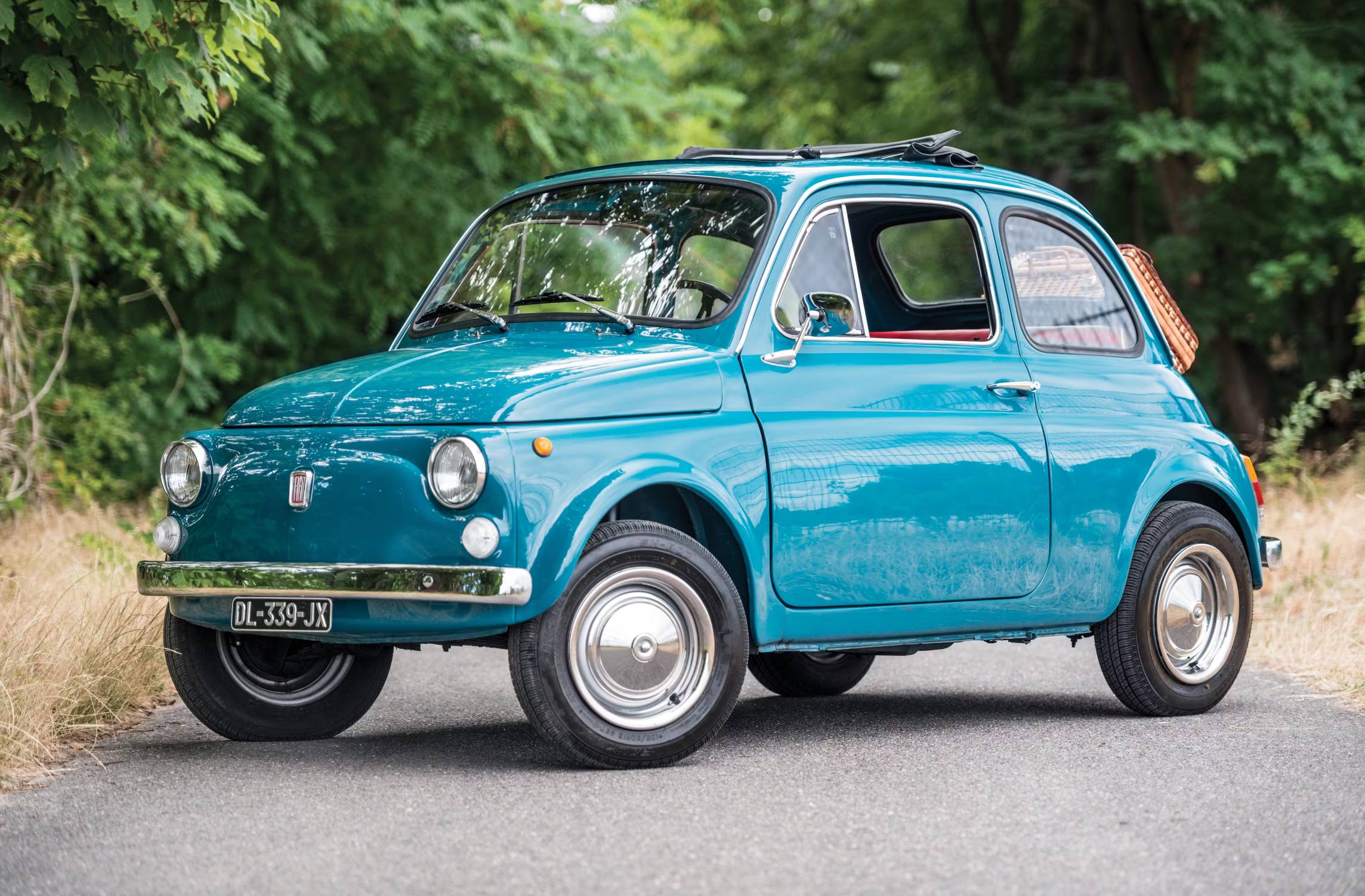
FIAT 500 NUOVA 1957-1972
Fiat decided when launching its 500D in 1957 that the rear-engined four-seater needed to be known as the Nuova (or 'new') 500, This was to ensure that its thoroughly modern model would never be confused with the company's previous ‘Topolino’ 500 that had the engine up front and looked like a badly shrunken 1940s Plymouth.
The new Fiat was an amazing car; a top seller in Italy and with global sales exceeding 3.4 million. It did well in Australia too, where the 500 undercut VW’s Beetle but didn’t survive the arrival of BMC’s Mini. As a collectible, the Nuova has done exceptionally well too, and today sells for many times its new price.
NEW (1958) A$1318
NOW $25,000-$33,000
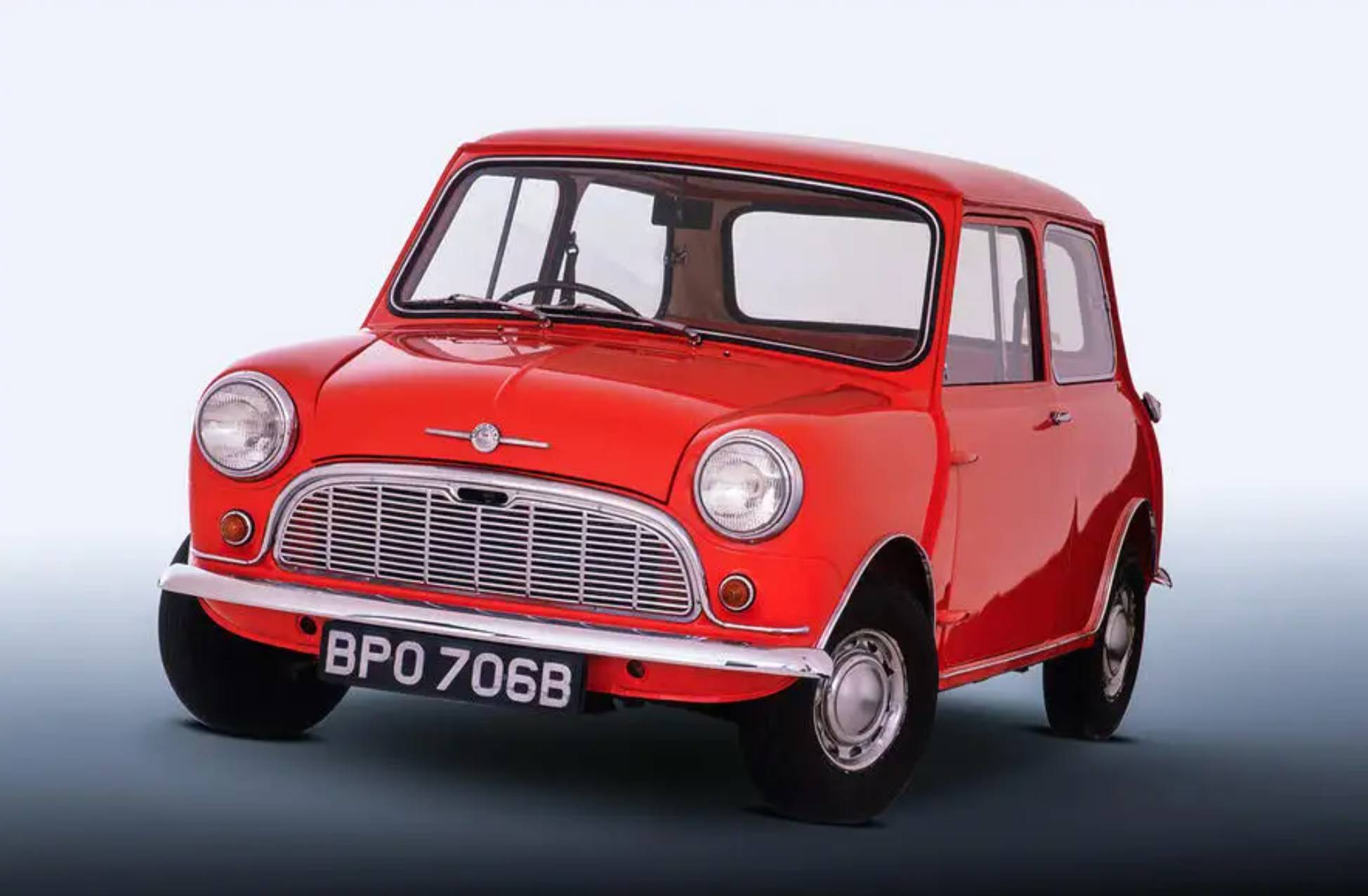
BMC MINI 1959-1999
It is more than 60 years since the launch of BMC's Mini and during the decades since its 1959 appearance no new model has exerted greater influence on global design. The Mini was simple, efficient and cheap. At launch into Australia during 1961, the basic Morris 850 cost $1550 and literally made every other light car in the market obsolete.
Even before the arrival of a faster, twin-carburettor Cooper version, Minis were being raced and finishing ahead of bigger, notionally faster cars. Early 850s survive in surprising numbers and values continue to increase.
NEW (1962) A$1550
NOW $22,000-$30,000
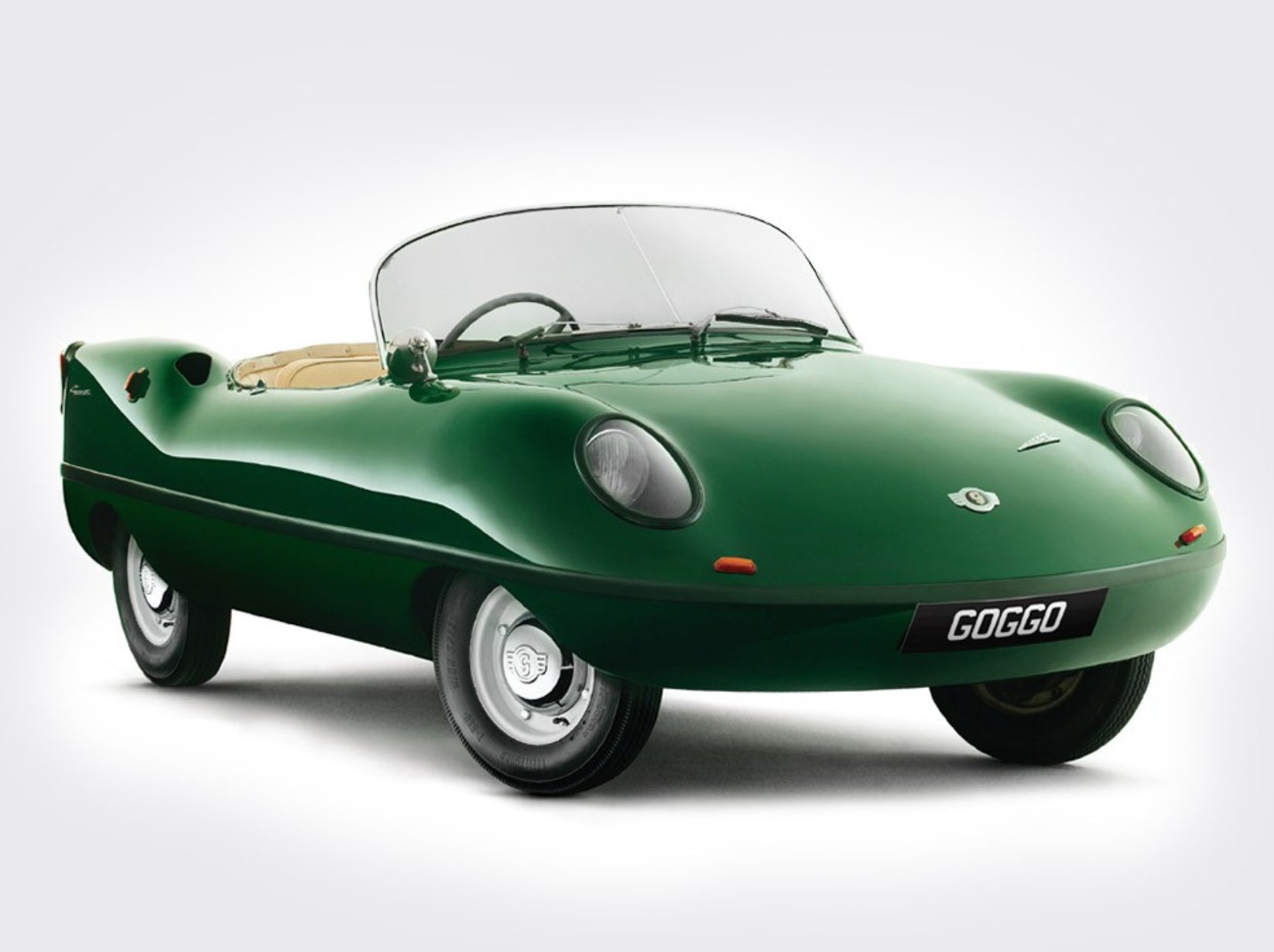
GOGGOMOBIL DART - 1959-1962
During his long and productive life, the late Australian automotive pioneer Bill Buckle became well known as a leading Sydney Toyota dealer, but he owed his early success to the smallest sports car in Australia. Using mechanical components from the Goggomobil cars he imported from Germany and bodywork produced in Sydney, Buckle between 1959 and 1962 made more than 700 of the fibreglass-bodied Dart.
Being shaped like a boat and impervious to rust, some Darts ended their lives as water features in suburban front gardens before one gained fame in a television commercial. Fully restored, they now sell well above the cost of more sophisticated models.
NEW (1959) A$1196
NOW $40,000-$50,000

HONDA S600 -1964 -1967
Honda was already renowned around the globe for the quality of its motorcycles so it should have come as no surprise that its first sports car would feature a high-revving engine and chains in place of a propellor shaft. The S600 arrived here during 1965, selling as a roadster or coupe with lift-up rear hatch like a Jaguar E-Type.
The initial engine was 608cc with twin-cams and tiny dual carburettors. Later models had 791cc and 52kW against the early cars’ 42kW. The S600 cost less than $2000, would reach 145km/h and sold well against the Healey Sprite and Triumph Spitfire. Features were a wood-rim steering wheel and tachometer that redlined entertainingly at 9000rpm.
NEW: A$1990 (1965)
NOW $35,000-$45,000 (S600 Roadster)
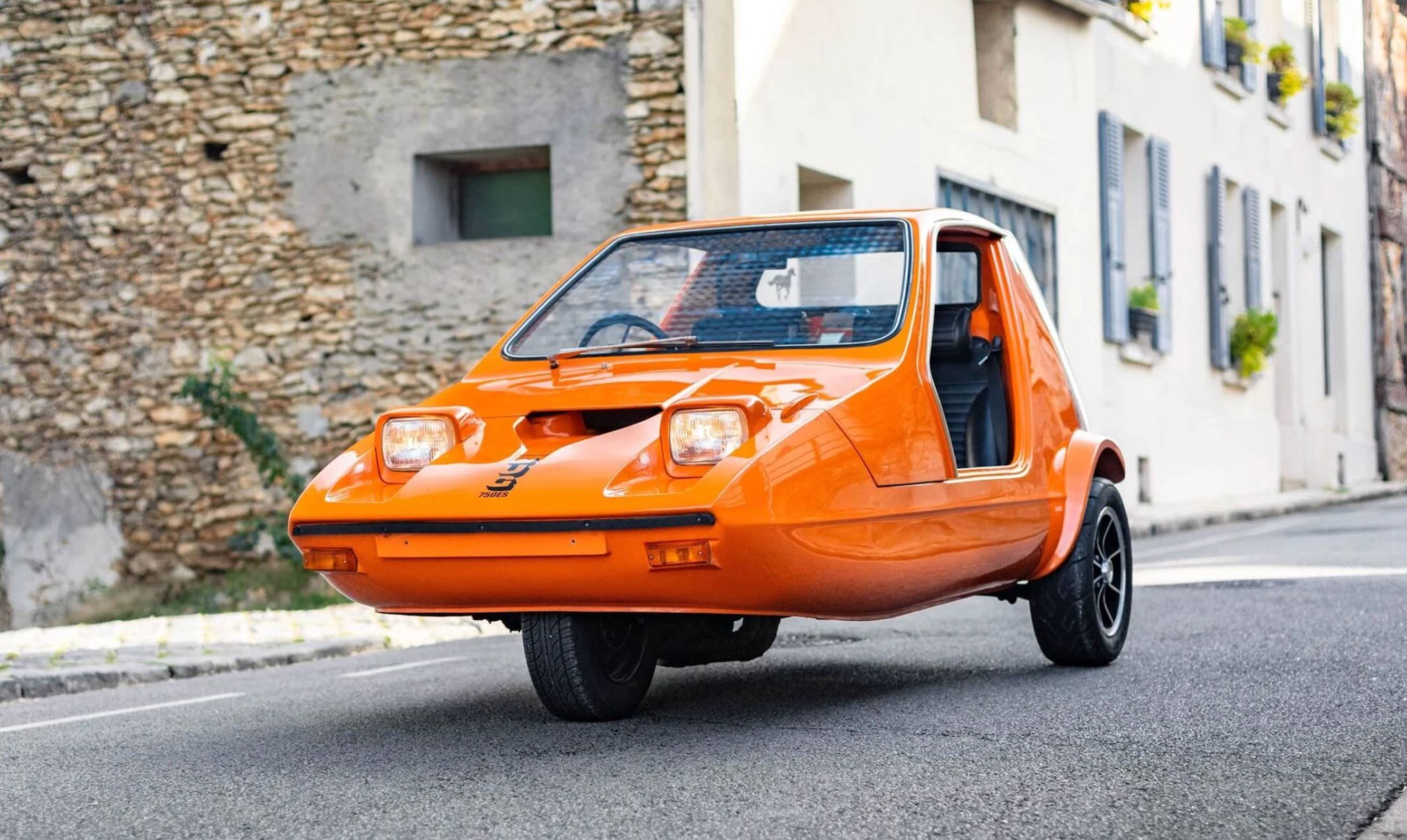
BOND BUG 1970-1974
Three-wheeled cars were a craze that beset Britain and parts of Europe but were largely ignored in Australia. Being taxed as a motorcycle in overseas jurisdictions, the three-wheelers were cheap to register, park and run. But by 1970 the appeal had faded, leaving British manufacturer Bond Cars with the task of moderising a three-wheeled design that still had its tyres planted in the 1950s.
That task Bond accomplished, with a shape that could have come straight from the set of Thunderbirds – a popular sci-fi television series made between 1964 and 1966 – and cheekily named the Bug. Despite the radical shape and bright colours sales were disappointing and just 2270 were made during four years of production. A handful came to Australia but survivors still attract buyers and significant money.
NEW (1970) A$1761
NOW $25-$30,000
Cliff Chambers

Get The Latest
Sign up for the latest in retro rides, from stories of restoration to community happenings.
